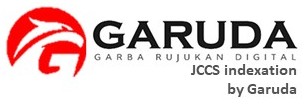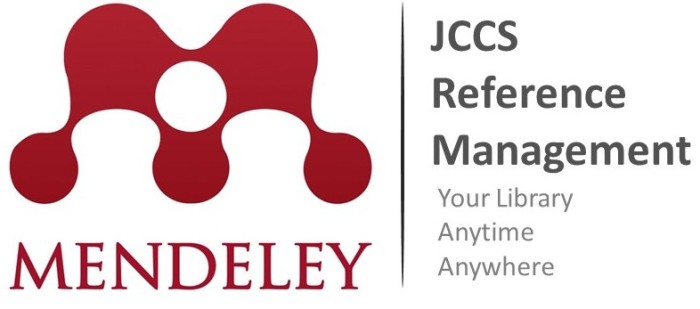Crystal Structure Analysis of Graphene Oxide based on Bamboo “Betung” Synthesized By Modi-Fied Hummer Method
DOI:
https://doi.org/10.24036/jccs/Vol1-iss1/10Abstract
Bamboo is a non-timber forest product with a very large population in Indonesia. One of them is bamboo betung which can be found from the lowlands to the highlands but has not been used properly. Therefore, research was conducted to utilize bamboo betung to benefit the society. In this study, the synthesis of graphene oxide (GO) from bamboo betung stems will be carried out. The purpose of GO synthesis to further observe the crystal structure and crystal size of GO itself because it can be applied in various fields such as wave absorbers, radio frequency electronics, data display panels, and photovoltaic cells. GO synthesis was carried out using the Modified Hummers Method. The sintering temperatures used in this study were 300oC, 350oC, 400oC and 4500C. GO characterization was carried out using XRD and FTIR to reveal the system of crystal, crystal structure, and size, in addition functional groups, and phases of graphene oxide. GO has an average crystal size of 23.30165 nm as the largest average crystal size. GO layer is formed due to the bond between Carbon (C), Hydrogen (H) and Oxygen (O). GO Layer can be typed at any temperature variations carried out..
Downloads
Published
Versions
- 2023-07-26 (2)
- 2023-05-31 (1)










